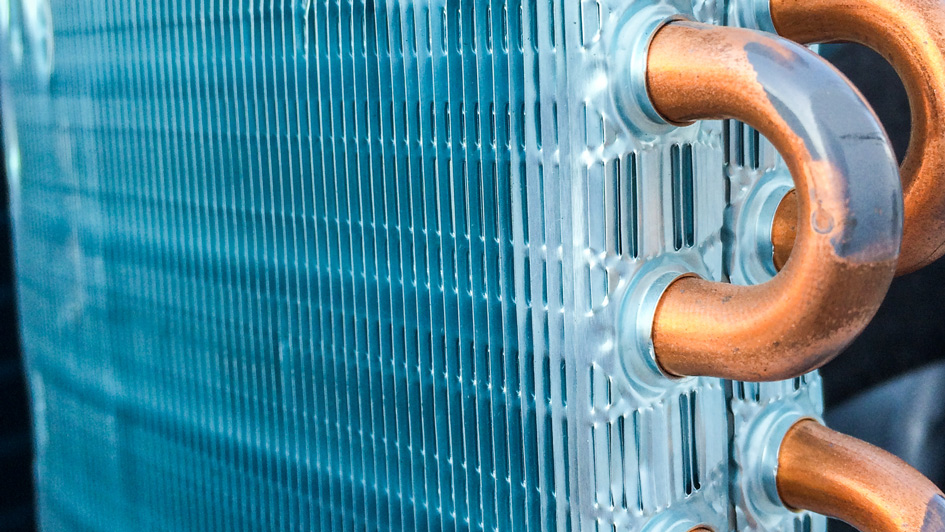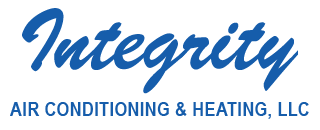
A furnace is almost always a background player for your home, helping keep you warm during the cold winter months. It regularly doesn’t get noticed until something breaks down.
One root cause may be that your furnace has a cracked heat exchanger. It’s a potentially dangerous issue, so it’s critical to know the symptoms of a cracked heat exchanger and what to do if you believe that may be the problem.
What Is a Heat Exchanger in a Furnace?
A heat exchanger helps transition heat from the combustion chamber inside your furnace to the air that flows through the air ducts. It typically does this via coils or tubes that warm the air while acting as a barrier to keep gas formed in the combustion chamber, called flue gasses, from getting out into your home.
Is a Cracked Heat Exchanger Dangerous?
Because of its key role, it shouldn't come as a surprise that a cracked heat exchanger can pose a risk. A crack in the heat exchanger can allow dangerous gasses – including carbon monoxide, which can be lethal – to circulate across your home.
For this reason, never run your heating if you think you're dealing with a cracked heat exchanger, as letting it run could make your entire family ill. Contact an HVAC professional right away if you believe your heater has a cracked heat exchanger that needs to be repaired.
Four Signs of a Cracked Heat Exchanger:
- Furnace switches off: Cracks in the heat exchanger could cause your furnace to shut off.
- Unusual Smells: If the air coming out of your furnace has a powerful chemical scent, it might be a sign gasses are seeping through cracks in your heat exchanger. These gasses, which will often smell like formaldehyde, are a common warning sign.
- Carbon monoxide alarm initiates or you notice poisoning symptoms: If a cracked heat exchanger is emitting carbon monoxide in your home, your carbon monoxide alarm may go off or family members might experience signs of carbon monoxide poisoning. Complications include headaches, dizziness, weakness, nausea, vomiting or feeling drowsy. If your alarm goes off or you feel unwell, get out of the home immediately and then call for help.
- Soot: If you spot black sooty buildup near the exterior of your furnace, it’s another sign something may be seriously wrong.
What to Do if a Furnace Heat Exchanger is Cracked
If you worry your furnace has a cracked heat exchanger, contact a professional well versed in furnace installation Phoenix as soon as possible so they can inspect your system and, if required, start a furnace heat exchanger replacement. Costs will fluctuate depending on the situation, but estimates can roughly suggest $1,000 to $3,000.
Fortunately, the good news is that heat exchangers are regularly covered by the warranty. You should confirm the warranty paperwork on your furnace, since while the warranty may not cover the entire cost of repairs, it can significantly lower your bill.
How to Prevent a Cracked Heat Exchanger in Your Home
One of the most convenient ways to minimize the risk of problems in your furnace overall is through regular furnace maintenance. Furnaces work the best when they work efficiently. Hiring a skilled professional to examine your furnace for worn-out parts, clogged filters and other potential problems can keep you from getting a big bill later on.
It’s also a good idea to review your furnace filters every few months – it’s encouraged some filters be swapped out every 90 days or sooner if they are dirty or grimy. While the filters aren't a part of the heat exchanger itself, the strain of pulling air through a clogged filter makes the entire furnace work longer to accomplish its job. And the harder your furnace works, the more wear and tear parts like the heat exchanger will endure.


